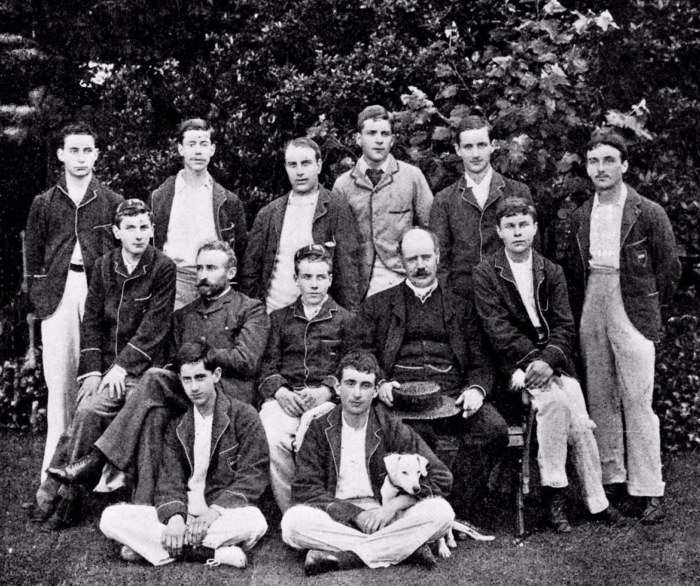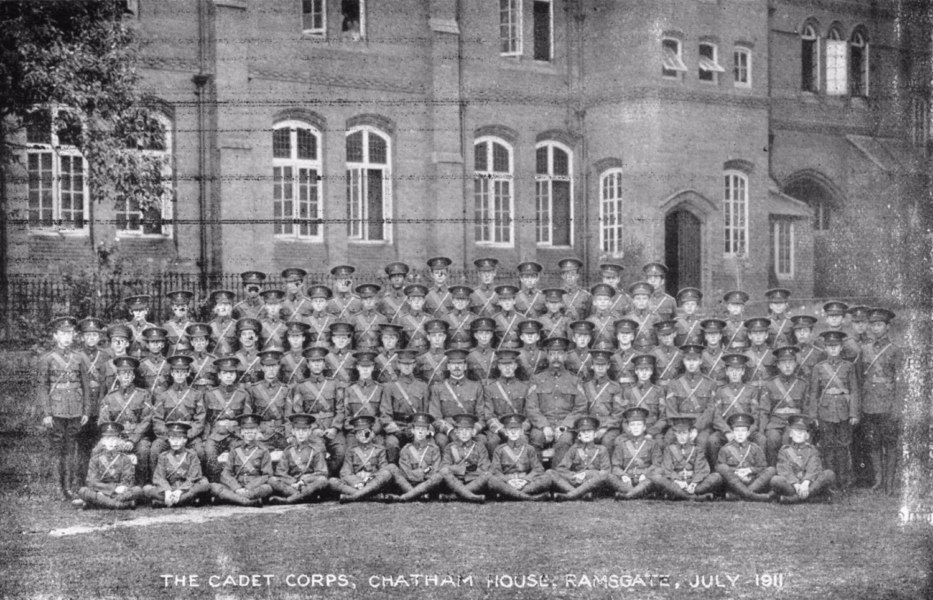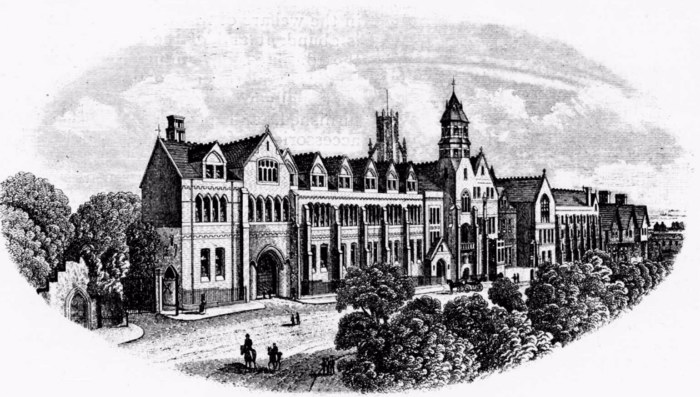Occasional Ramsgate Writings Donald G Long | Click here to buy the book or veiw our other local books When I produced this book it occurred to me that the decedents of the people named in it might want a means of communicating with each other, if you click here you can leave comments for others to see, you don't have to join anything or fill in any forms, you can even comment anonymously should you wish to.
Occasional Ramsgate Writings Donald G Long | MOUNT ALBION HOUSE, RAMSGATE | ST PAUL'S CHURCH KING STREET, RAMSGATE | HERESON SCHOOL, RAMSGATE | HERESON AND HOLLICONDANE | CHATHAM HOUSE COLLEGE 1797-1917
CHATHAM HOUSE COLLEGE 1797-1917
CHATHAM HOUSE COLLEGE
1797-1917
Chatham House College during its 120 year history achieved a very high position among the great modem scholastic establishments of England. At Chatham House, the principle of the system adopted was to provide a complete course of education, mental, moral and physical to draw forth and develop all the natural abilities of each student as an educated Christian English gentleman.
The School was originally founded in 1797 by Dr. William Humble at Number 5 Love Lane (later Chatham Street). The pupils, both day and boarders were known as Humbles Bees. Dr. Humble was succeeded as headmaster by Thomas Whitchead Esq. J.P. He was followed by his son, The Revd. Alfred Whitehead, later to be Rural Dean and Vicar of St. Peters-in-Thanet; after whom came the Revd. Dr. Stantial who was headmaster from 1864 to 1874, when he was succeeded by the Revd. E. Gripper Banks D.D. Oxon, who was followed by Mr. T.A. Lance M.A. The last Headmaster of the College was Mr. A.J. Hendry M.A. who entered into office in 1900.

Chatham House First Eleven 1894
Royal approval came to the school in 1842 when Queen Victoria and the Prince Consort visited the school. The College, having acquired a high reputation, Dr. Banks when headmaster, was determined to spare no effort to completely adapt it to the advanced requirements of the times and to place it in the front rank of educational establishments. In accordance with this object he had the old school buildings pulled down and the present buildings erected between 1879/82. On the most improved modern lines, the whole school being completely reorganised. It was designed in the domestic Gothic Style, standing in spacious grounds. The interior iselaborately filled up, and contains classrooms, lecture ball, gymnasium, chemical laboratory, carpentry shop, in fact all the accommodation and resources of a first class modern college.
The college had a strong record for physical training in football, cricket, tennis, swimming, gymnastics and drill. The large grounds give these activities ample room for two games of cricket or football to take place at the same time.
The headmaster was at all times throughout its history assisted by staff of highly qualified masters and specialists and the entire curriculum is so organized that the particular bent of each individual pupil is carefully studied and duly cultivated. At the same time a thoroughly sound training in all the essentials of a modem English education is ensured.
Thus at Chatham House there was a classical as well as a modem side, and while due attention is given to a thorough training for

Chatham House School Cadet Corps July 1911
commercial pursuits, there was also classes designed to prepare students for higher examinations for the Universities, Indian Civil Service, Army etc., and the record is an exceptionally brilliant one. Many officers in the army and navy had in fact passed direct from the college.
The list of old boys includes the following: 3 entrance into the Diplomatic Service, one Prime Minister (of France), one Archbishop of Rupertsland Canada, one bishop, 62 clergy. Seymore Hicks, I.K. Brunel and many high ranking officers in the armed forces. Not bad for a minor Public School.
The college also contained a junior or preparatory school, where the younger boys are practically separated altogether from the more advanced students, although the general system of instruction was conducted on precisely similar lines.
The esprit de corps of the students was well maintained both during school life and afterwards. There was a well-edited and well written school journal, The Chatham House Review, published fortnightly. An annual banquet and reunion of past and present students was held.
Chatham House had it's own well appointed chapel, which today in the Grammar School is the library. Until the First World War, the school stood at the very front rank of modern collegiate schools.
The advent of the First World War saw numbers steadily decline. Ramsgate was by 1917 a much bombed town and the school closed that same year, 120 years after it was founded.
The school had indeed achieved what it had set out to do which was to turn out the student as an educated Christian English gentleman, physically and mentally equipped to face the world.

Chatham House School Front View 1895